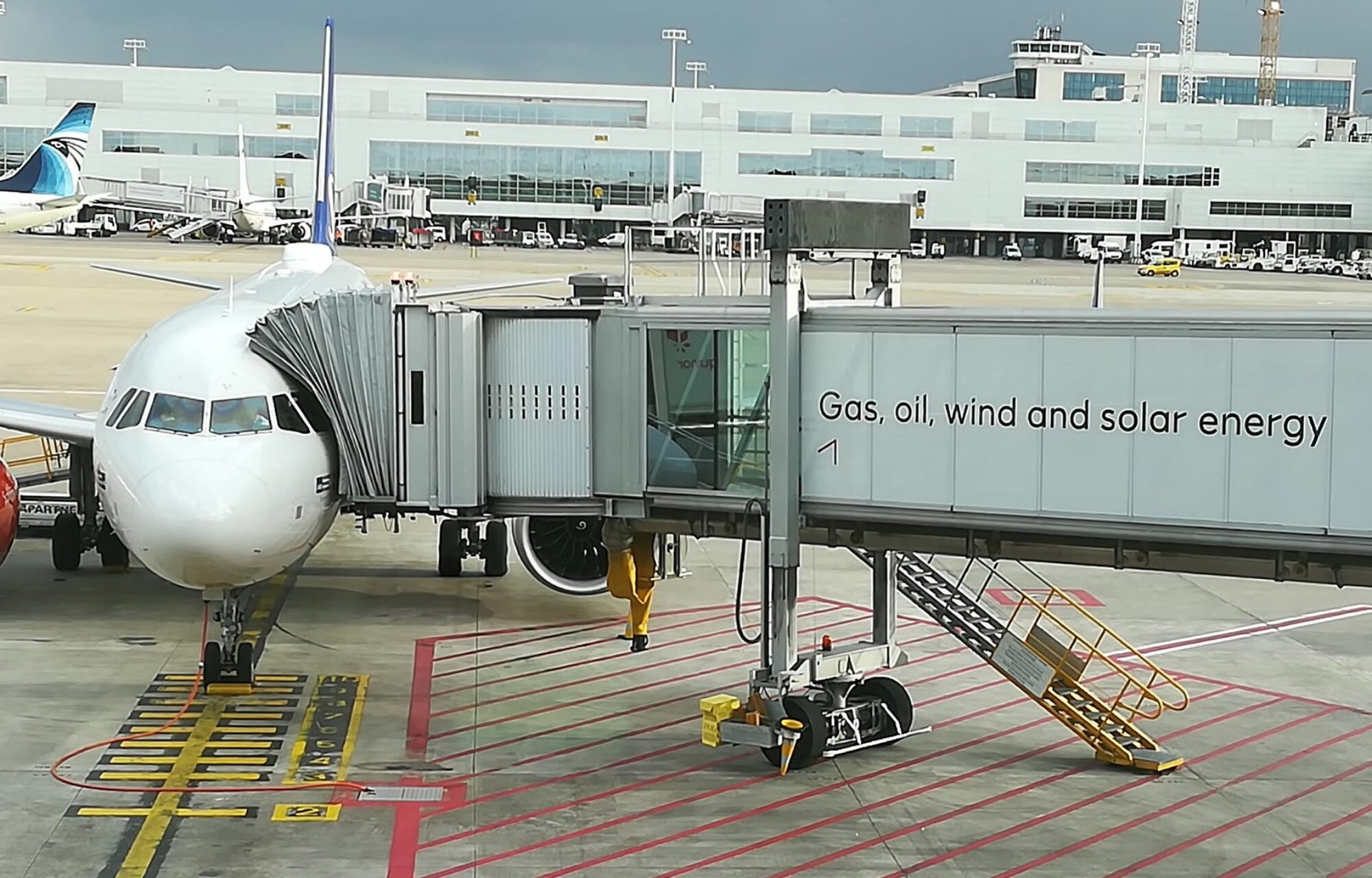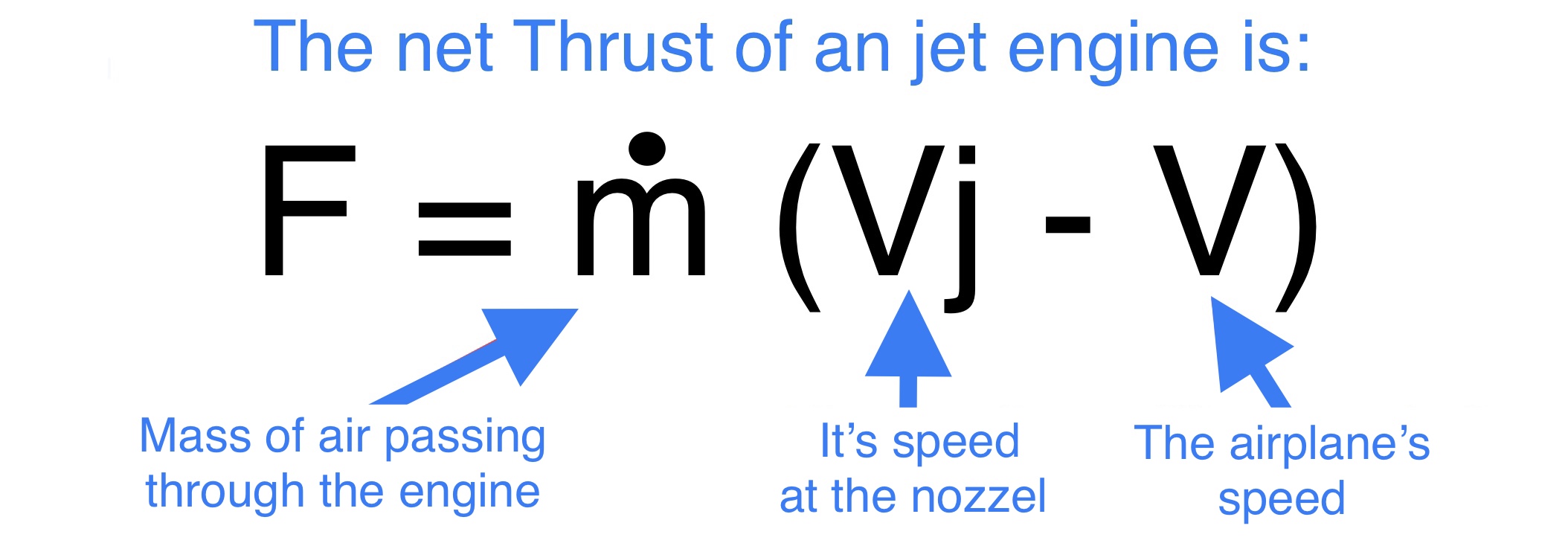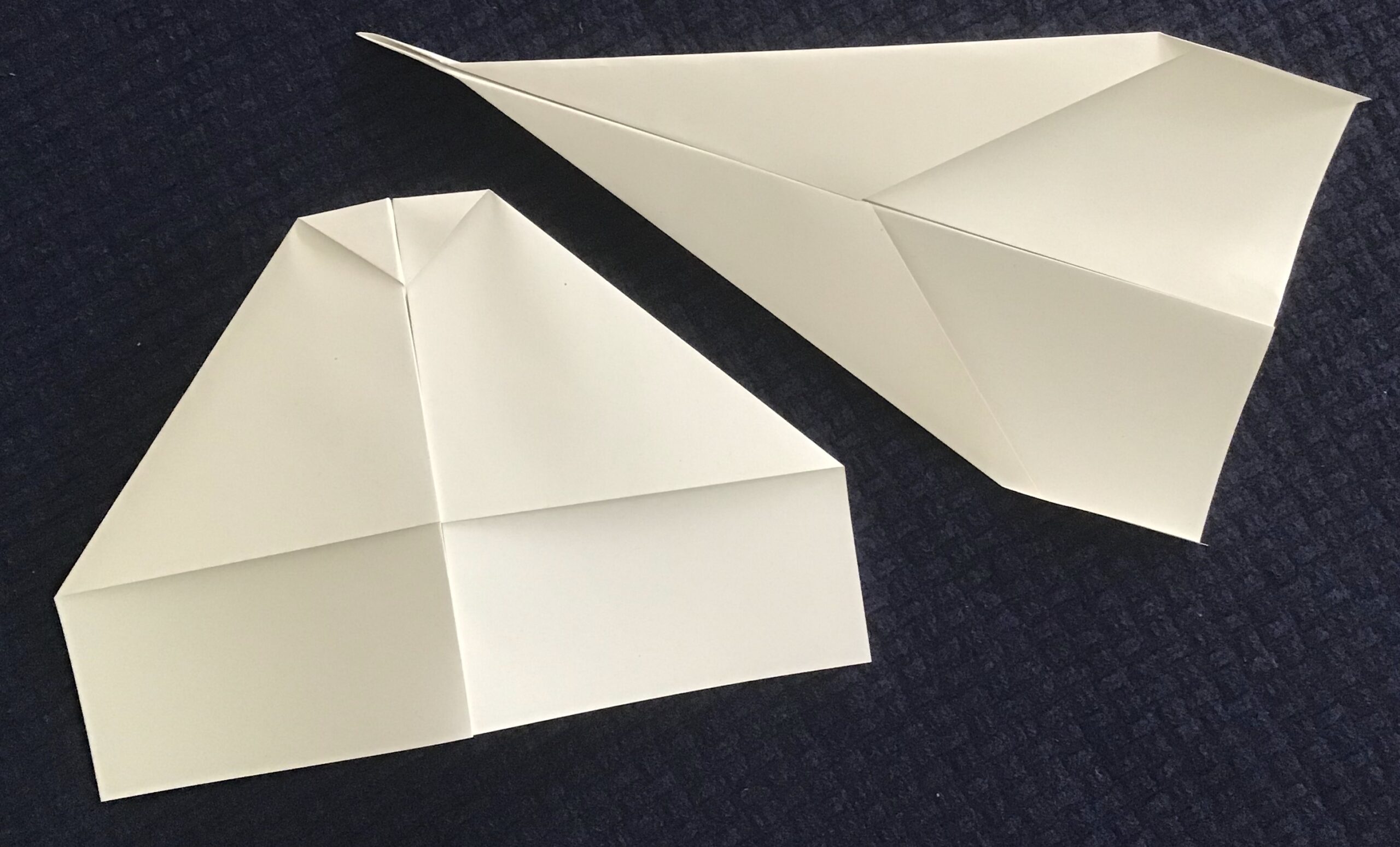Aircraft wings and the battle for efficiency
1. Wing defines aircraft Sturdy, short and swept for speed or delicate, long and straight for efficiency? During the past 70 years, the airliner’s wing geometry hasn’t changed much. Advanced materials allow nowadays light-weighted and delicate designs and all current airliners are optimised for high subsonic speeds, e.g. 900 km/h / M 0.85. Why is this so? Continue reading “The Wing”
Sturdy, short and swept for speed or delicate, long and straight for efficiency? During the past 70 years, the airliner’s wing geometry hasn’t changed much. Advanced materials allow nowadays light-weighted and delicate designs and all current airliners are optimised for high subsonic speeds, e.g. 900 km/h / M 0.85. Why is this so? Continue reading “The Wing”



 Aircrafts are designed around an airline’s business plan. Designers optimise an aircraft’s fuselage, it’s wings and engines to fly with a specific speed to gain an airline the highest profits.
Aircrafts are designed around an airline’s business plan. Designers optimise an aircraft’s fuselage, it’s wings and engines to fly with a specific speed to gain an airline the highest profits.  Aircraft maintenance costs go by the hour. The faster the flights, the lower the maintenance costs. Airlines prefer to consume more fuel and fly at higher speeds instead of saving fuel when prices are low.
Aircraft maintenance costs go by the hour. The faster the flights, the lower the maintenance costs. Airlines prefer to consume more fuel and fly at higher speeds instead of saving fuel when prices are low.